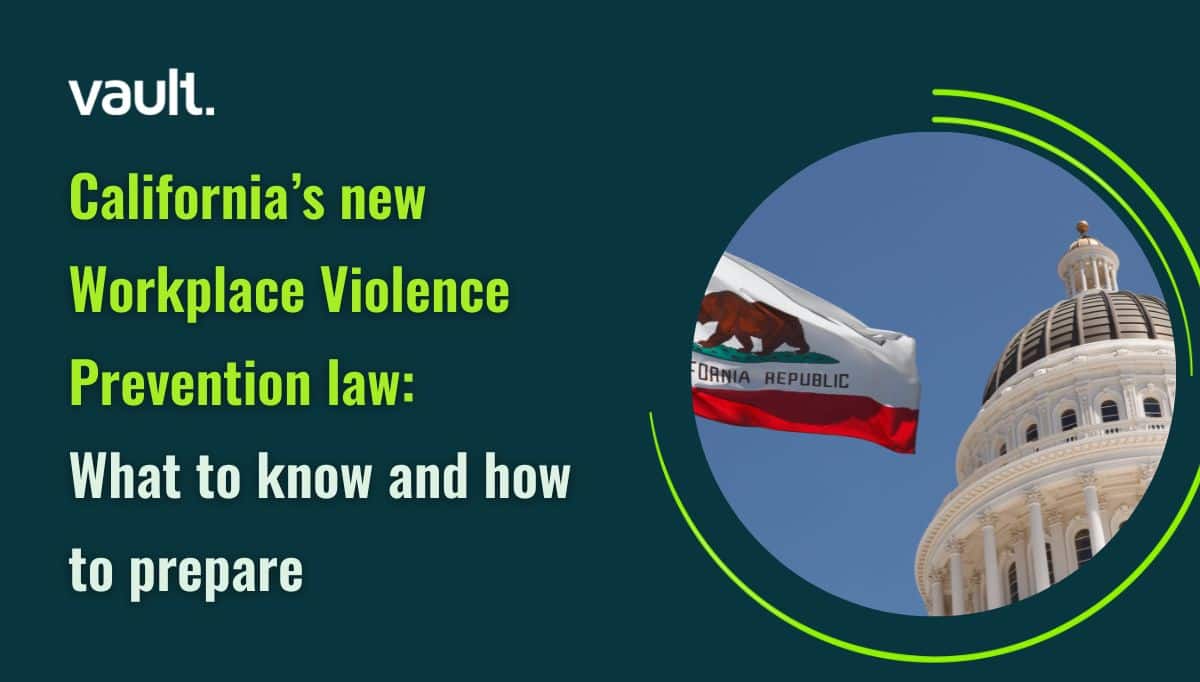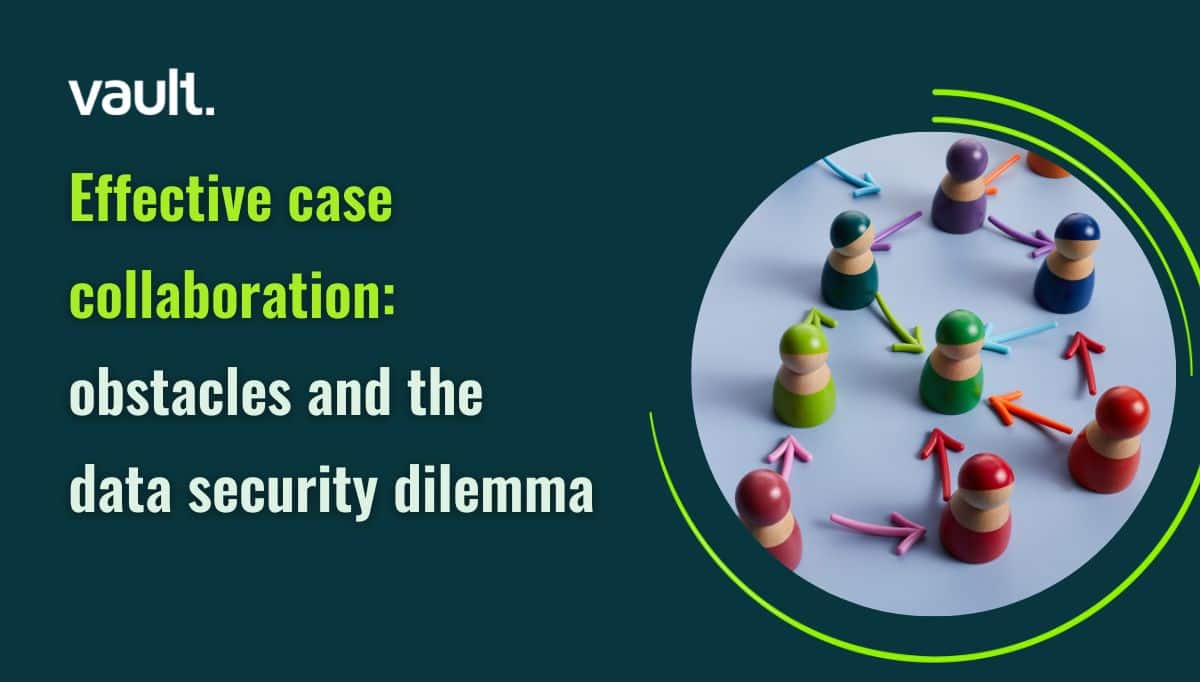October 10th marks World Mental Health Day. The theme of this year is “40 Seconds of Action”, and aims to raise awareness of the global scale of suicide, and the ways in which we can help prevent it. According to the World Health Organization (WHO), close to 800,000 people die by suicide every year. That’s almost one person every 40 seconds.
Workplace harassment and bullying are significant contributors to suicide and we know that sexual harassment is pervasive across all industries. Four in ten women have experienced unwanted sexual advances or sexual harassment at work according to a 2016 study by the Equal Employment Opportunity Commission (EEOC). An EEOC Task Force also found that between three or four people who are harassed at work never tell anyone in authority about it. Sexual harassment often goes unreported because victims fear retaliation, job loss, or some other form of retribution.
#MeToo was the movement that watered the seed of the idea behind Vault and an opinion article in the New York Times this week shows why it’s a movement still as timely now as it was two years ago. It also gives an insight into why harassment and suicide are so closely related. This is the reason why today I am announcing the Green Bell as a feature in Vault. Named after the green ribbon, which is the International Mental Health Awareness symbol, the Green Bell will allow employees to request help and be connected with their employer’s mental health support system.
Even though 1 in 4 of us will experience a mental health problem at some point, it is still a challenging process for employees to report their mental health issues confidentially.
In the NYT article, Harvey Weinstein’s former assistant Rowena Chiu revealed that she attempted suicide twice after the disgraced movie mogul allegedly tried to rape her over 20 years ago. She carried the weight of the alleged misconduct for over two decades because she felt that there was no process through which to seek resolution. Chiu wrote that she lived in “constant fear” of Weinstein’s “abuse, control and power,” and felt “completely isolated from those around me.” All contributing factors to her suicide attempts.
Through our work at Vault and many studies publicly available, we know that the vast majority of harassment and misconduct incidents go unreported. The most common reason people cite for not raising concerns is that they do not believe appropriate action will be taken. The second biggest concern is that they fear repercussions that might have an impact on their job.
The challenge is further compounded by traditional solutions. Organizational psychologists believe that fundamental design flaws in legacy reporting tools such as anonymous hotlines, discourage people from speaking up. It sends the message to employees that public challenges are unwelcome and that they work in an environment where it is not safe to voice their concerns.
But if movements like MeToo and Time’s Up show us anything, it’s that in a time when trust in the system is low, everyday people are more willing to become agents of change.
In the NYT article, Chiu wrote: “You’ve most likely never heard of me. I’m not an actress. I was one of many ordinary, unfamous women trying to do their jobs who were abused by Harvey.”
Mental health is something that everyone has while harassment is something that most will face or witness at some point in their career. It’s important to remember that speaking up is everyone’s responsibility, even if you’ve witnessed misconduct but not experienced it.
It’s not just the grand gestures that make the headlines that move the needle, but daily acts of courage from everyday people. Against the backdrop of movements like MeToo, the sentiment is that the time has come to take a more expansive view of workplace integrity. One that continues to cover anti-corruption, compliance and transparency, but also extends to universal ethical principles, such as respect, fairness, and honesty. If you’ve only got 40 seconds of action, just think about where you can make the most impact.
Read our handy guide on identifying harassment and discrimination in the workplace.



